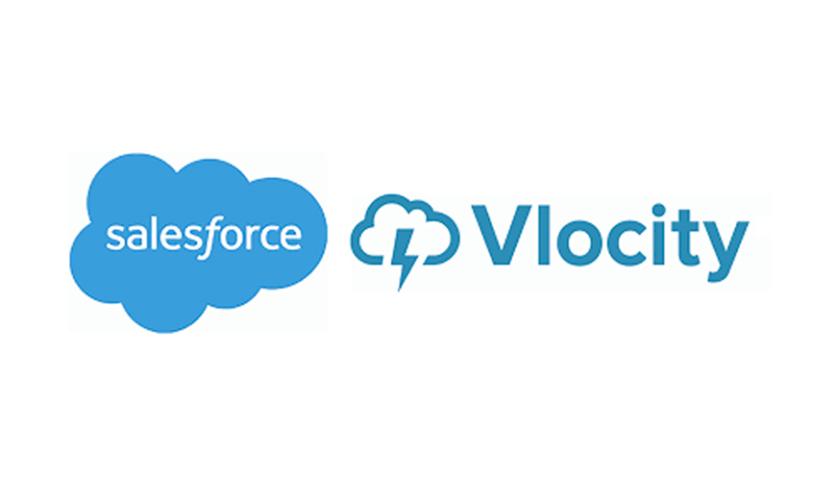In today's interconnected world, fostering strong relationships with customers, partners, and employees is paramount for business success. Salesforce Community Cloud offers a powerful platform to build branded online communities that facilitate collaboration, knowledge sharing, and self-service. While the potential is immense, the true impact of Community Cloud is best illustrated through real-life success stories. Let's explore how organizations across various industries have leveraged Salesforce Community Cloud to achieve tangible results.
Empowering Customers and Driving Loyalty:
One of the most common applications of Community Cloud is to create dedicated customer portals. These online hubs go beyond basic support, offering a wealth of resources, peer-to-peer interaction, and personalized experiences.
-
The Streamlined Support Story: Imagine a fast-growing SaaS company struggling to keep up with customer support requests. By implementing a Community Cloud portal, they empowered customers to find answers to common questions through a comprehensive knowledge base, FAQs, and troubleshooting guides. This significantly reduced the volume of support tickets, freeing up their support team to focus on more complex issues. The community also fostered a sense of self-reliance among customers, leading to increased satisfaction and reduced churn.
Furthermore, the platform allowed customers to connect with each other, creating a valuable peer support network. -
The Personalized Experience: A leading retail brand wanted to deepen its engagement with loyal customers. They launched a Community Cloud portal that offered exclusive content, early access to new products, personalized recommendations based on purchase history, and a forum for customers to share their experiences and provide feedback. This fostered a stronger sense of belonging and loyalty, driving repeat purchases and brand advocacy.
Strengthening Partner Ecosystems:
Community Cloud isn't just for customers; it's a powerful tool for managing and engaging with partner networks.
-
The Efficient Collaboration Hub: A global manufacturing company with a vast network of distributors faced challenges in information sharing and training. Implementing a Partner Community built on Salesforce allowed them to centralize crucial resources like product specifications, marketing materials, sales enablement tools, and training modules. This improved communication, streamlined onboarding for new partners, and ensured everyone had access to the latest information, ultimately boosting sales and channel performance.
-
The Joint Opportunity Pipeline: A technology solutions provider leveraged Community Cloud to create a collaborative space for their reseller partners. The platform facilitated joint deal registration, lead sharing, and co-marketing activities. This enhanced transparency and collaboration, leading to a more robust pipeline and increased win rates for both the provider and their partners.
Enhancing Employee Engagement and Productivity:
Internal communities built with Community Cloud can break down silos and foster a more connected and productive workforce.
-
The Knowledge-Sharing Powerhouse: A large financial institution with geographically dispersed teams struggled with internal knowledge sharing. They implemented an employee community where employees could ask questions, share best practices, access internal resources, and connect with experts across different departments. This fostered a culture of collaboration, reduced duplicate efforts, and accelerated problem-solving.
-
The Onboarding and Development Accelerator: A rapidly growing tech startup used Community Cloud to streamline its employee onboarding process. New hires gained access to essential information, training materials, and a platform to connect with mentors and colleagues. This accelerated their integration into the company culture and improved their time-to-productivity.
Key Takeaways from Successful Implementations:
These real-life examples highlight several crucial factors that contribute to successful Salesforce Community Cloud implementations:
- Clear Objectives and Strategy: Defining specific goals and aligning the community strategy with overall business objectives is paramount.
- User-Centric Design: Focusing on the needs and experiences of the target audience ensures high adoption and engagement.
- Relevant Content and Resources: Providing valuable and up-to-date information keeps users coming back.
- Active Moderation and Engagement: Nurturing the community through active moderation, responding to queries, and fostering discussions is crucial for its health.
- Integration with Salesforce Data: Leveraging the power of the Salesforce platform to personalize experiences and provide relevant information is key.
- Continuous Monitoring and Iteration: Tracking key metrics and making adjustments based on user feedback ensures the community evolves and remains valuable.
Conclusion:
The success stories outlined above demonstrate the transformative potential of Salesforce Community Cloud. By creating dedicated online spaces for customers, partners, and employees, organizations can foster stronger relationships, drive efficiency, and ultimately achieve their business goals. These examples serve as inspiration for businesses looking to harness the power of community to connect, collaborate, and thrive in today's dynamic landscape. By focusing on clear objectives, user needs, and continuous improvement, any organization can build a thriving online community that delivers tangible and lasting results.







